
10 TALENTS: Adressing Personal and Social Sustainability in Contemporary Design
Much like the early theories on aesthetics, we connect with objects on both a social and a deeply personal level. In ancient Greece, the definition of aesthetics was more about reaching some kind of sublime perfection, which was commonly considered beautiful. Later philosophers like Emmanuel Kant introduced the idea that aesthetics was something happening on a more personal level, not necessarily connected with beauty, and later Theodor Adorno argued that aesthetic opinion is something happening on a collective or social level in society, driven by the cultural industry.
Thus, there seem to be connections between aesthetics and sustainability which are becoming increasingly relevant in today’s environmental landscape. Much like all decisions in life, the reasons we make sustainable choices are inevitably influenced by our individual and social thinking. Today, designers and makers are working in many fields of sustainable production. Some more focused on the societal aspects while others on the deeply personal and individual level.
This article delves into the practice of four contemporary design studios, and how they address these dimensions of sustainable design, in the quest of contributing to a healthier world.








Social Sustainability: Community and Crafts
Social sustainability integrates processes, systems, and relationships to support livable communities for both current and future generations. This concept is vividly brought to life by designers like Lørdag & Søndag and Rashmi Bidasaria, who prioritize community impact and engagement over mere object design.




Lørdag & Søndag, led by Salvador Compañ, is a testament to the power of design in preserving cultural heritage. By collaborating with local artisans from cultural hubs around Mexico such as Oaxaca, Chiapas, Estado de México, Veracruz, Guanajuato, Hidalgo, Guerrero, and Campeche, the studio sustains ancient craft ensuring that invaluable knowledge is passed down. Their work with wicker, a fast-growing and thus sustainable material, is not just about the beauty of the artifacts created but about celebrating and sustaining Mexico’s rich artisanal legacy.


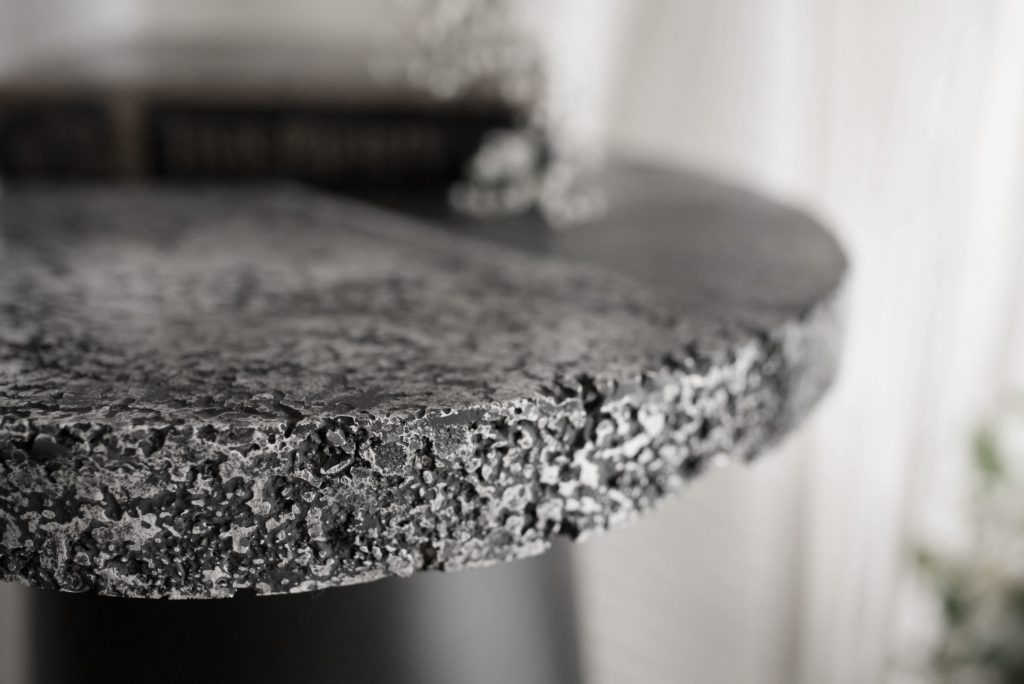



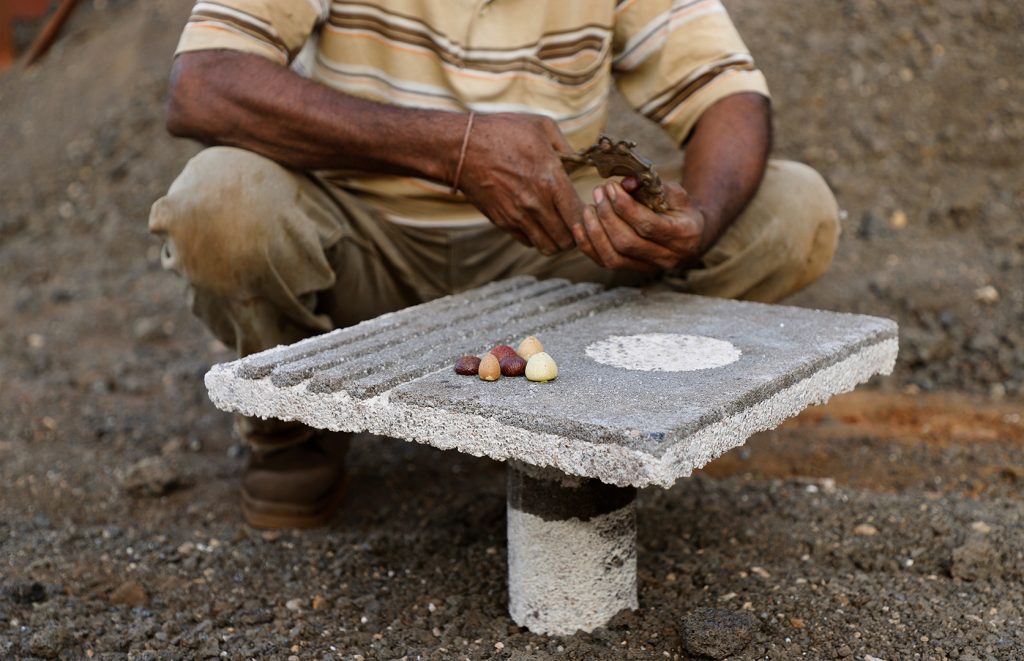

Rashmi Bidasaria, through her multidisciplinary approach, embodies the essence of social sustainability. Her work extends beyond the creation of objects to fostering a network of designers, researchers, technical experts, and communities. This collective engagement aims to merge traditional knowledge with contemporary practice, highlighting the role of design in building sustainable communities.
More than 400 million tonnes of slag from the iron and steel industry is produced worldwide each year. The factory spends the equivalent of £60 /tonne/month to dump these materials into landfill. By utilizing these materials to make value-added products, the most conservative estimate of additional revenue to the factory worker’s community would be around £5000/month. By choosing this table you would save around 15 kg of waste materials going into landfills.
Dross Tables are made from the recovery of steel slag, quartz, and residual heat that form a large percentage of the waste by-products of the molten iron processing industry. These waste materials are put in a mould and baked into the heat that is dissipated from the steel furnace, requiring no new energy to create them. The process is unique to steel factories and has been invented through collaboration with factory workers.
Thus, The Dross Tables by Rashmi Bidasaria celebrates the essence of handcraft, an ode to the communities we live around.
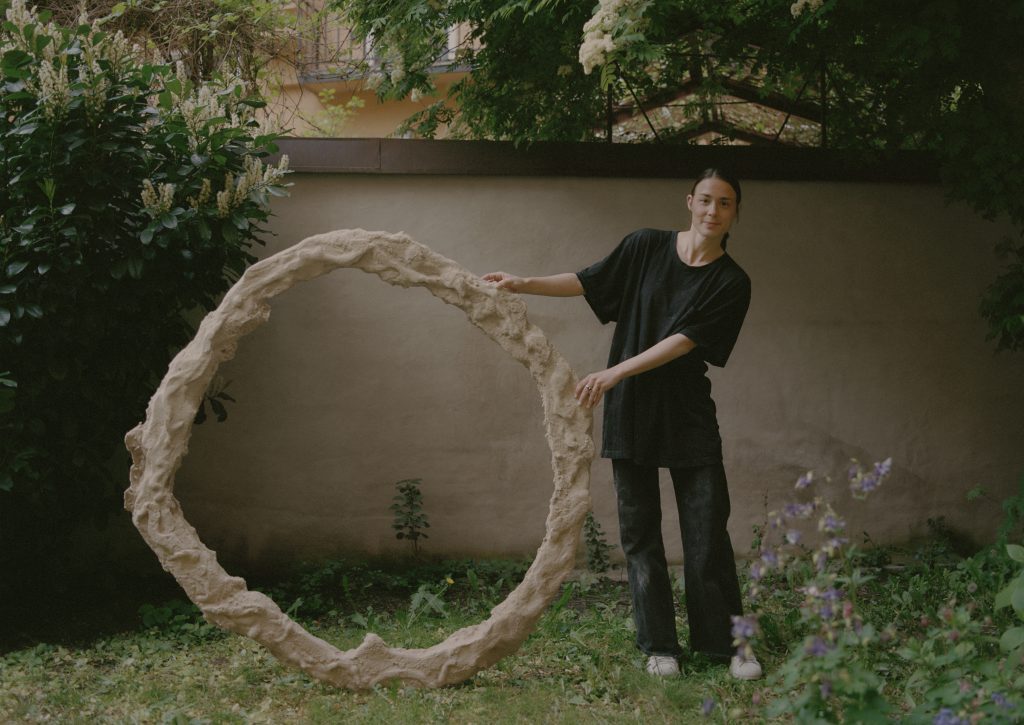

Personal Sustainability: Intimacy and Material Connections
Personal sustainability emphasizes a lifestyle that fulfills individual needs without compromising future generations’ ability to meet their own. This dimension of sustainability is characterized by a profound connection between the individual and the objects they choose to keep in their lives, highlighting the role of personal choice in promoting sustainability.
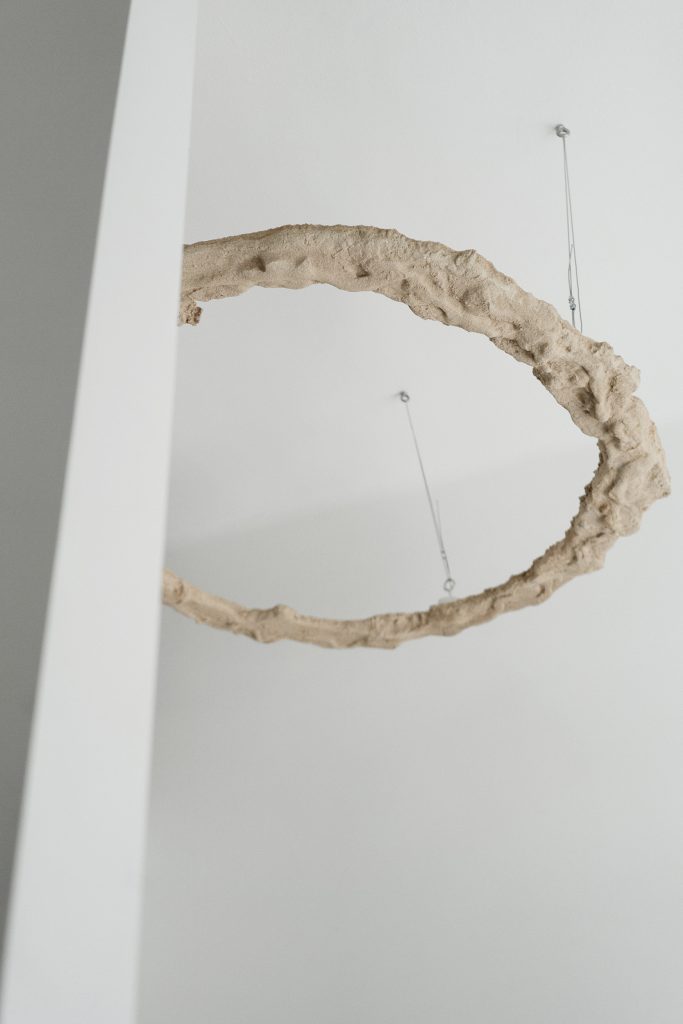









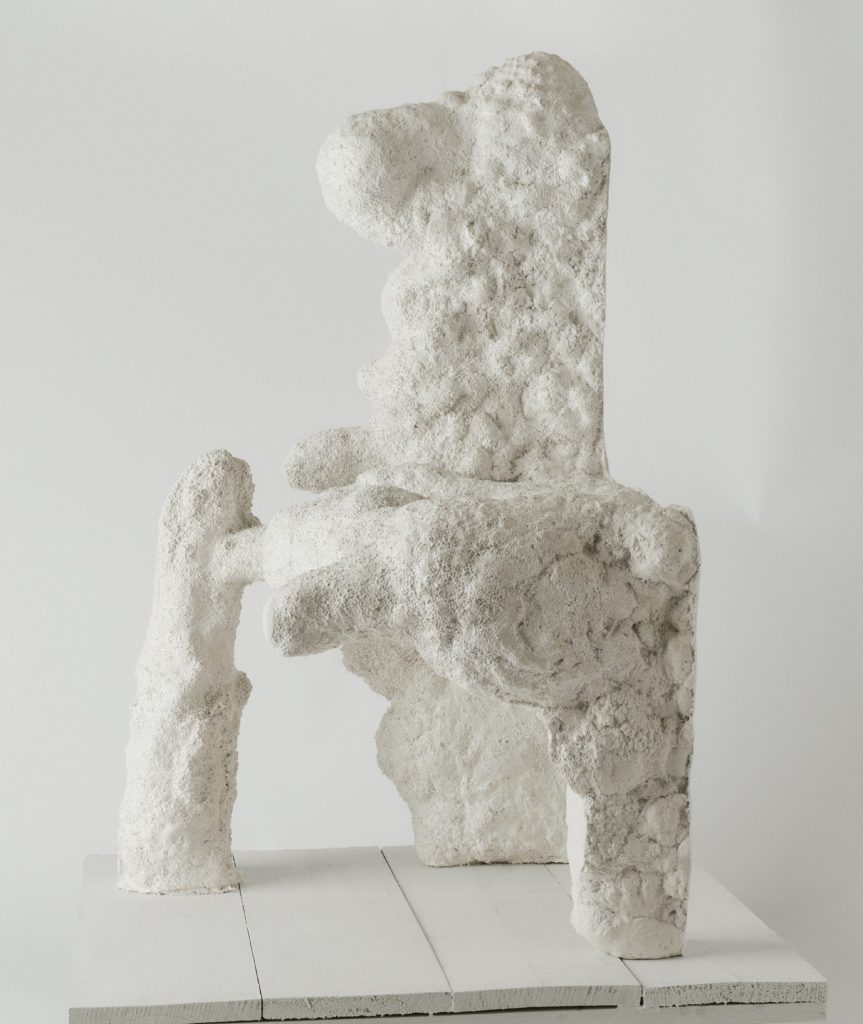





Kajsa Melchior’s work is a prime example of personal sustainability. Her unique approach to using sand as a primary material showcases her dedication and humbleness towards a specific medium and her ability to create a deeply personal aesthetic that challenges traditional forms. Her work blurs the line between furniture and sculpture, inviting us to reconsider our relationship with everyday objects and the environment.







Byron Clark‘s approach to design emphasizes the importance of meaningful connections between people and the objects they interact with. Based in London, Clark’s practice is a blend of artistic expression and environmental consciousness, focusing on minimizing his footprint through thoughtful creation. His work encourages us to see objects not as disposable items but as extensions of our identity and values, fostering a more sustainable interaction with our material world.









The practices of designers like Lørdag & Søndag, Rashmi Bidasaria, Kajsa Melchior, and Byron Clark illustrate the seamless integration of personal and social dimensions of sustainability. Their work demonstrates that sustainable design is not just about material, ecological, or economic factors but also about nurturing a deep connection between people, their communities, and the environment. By focusing on both the impact of design on society and the personal values that guide sustainable living, these designers contribute to a more holistic approach to sustainability.
This intersection of personal and social sustainability in design reflects a comprehensive understanding of our relationship with the environment. It’s a reminder that every design choice has the potential to contribute to a healthier world, whether through preserving traditional crafts, engaging communities, or fostering personal connections with the objects we use every day. The work of these contemporary designers serves as a powerful narrative of how design can embody and promote sustainability on multiple levels, ultimately guiding us toward a more sustainable future.
Read more on Sustainability in Design
Discover More Sustainable Design on Adorno
-

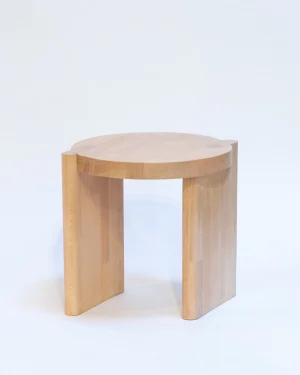 Shift StoolBy Studio Yann Gandon€863 incl. tax
Shift StoolBy Studio Yann Gandon€863 incl. tax -

 Block Sculptural Vase — Black Brutalist Interior ObjectBy Donatas Žukauskas€1.350
Block Sculptural Vase — Black Brutalist Interior ObjectBy Donatas Žukauskas€1.350 -

 Block Sculptural Vase — White Brutalist Interior ObjectBy Donatas Žukauskas€1.350
Block Sculptural Vase — White Brutalist Interior ObjectBy Donatas Žukauskas€1.350 -

 Sculptural Decorative Wide VaseBy Donatas Žukauskas€710
Sculptural Decorative Wide VaseBy Donatas Žukauskas€710 -

 Vessel LampsBy Marco Calhau€4.375 incl. tax
Vessel LampsBy Marco Calhau€4.375 incl. tax -

 Spigolatura N°87 – Handwoven Wall ArtBy Susanna Costantini€1.155 incl. tax
Spigolatura N°87 – Handwoven Wall ArtBy Susanna Costantini€1.155 incl. tax -

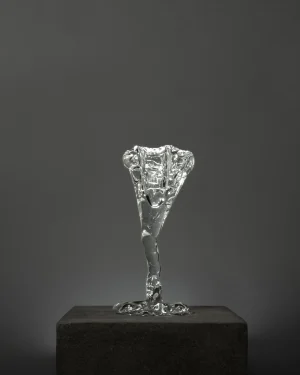 Spiky Cocktail GlassBy Szkło Studio€210 incl. tax
Spiky Cocktail GlassBy Szkło Studio€210 incl. tax -

 Hand-blown Glass VaseBy Szkło Studio€1.155 incl. tax
Hand-blown Glass VaseBy Szkło Studio€1.155 incl. tax -

 Graphic Blanket In Blue/grey – Boi X Leigh BagleyBy BOI€213 incl. tax
Graphic Blanket In Blue/grey – Boi X Leigh BagleyBy BOI€213 incl. tax -

 August Opening Side TableBy Panorammma Atelier€1.323 incl. tax
August Opening Side TableBy Panorammma Atelier€1.323 incl. tax -

 Tronco Drinks TableBy Nitush and Aroosh€1.125 incl. tax
Tronco Drinks TableBy Nitush and Aroosh€1.125 incl. tax -

 Organic Cotton Wavy Kitchen Towel – Set of 2By BOI€63 incl. tax
Organic Cotton Wavy Kitchen Towel – Set of 2By BOI€63 incl. tax -

 Organic Cotton Zig Zag Kitchen Towel – Set of 2By BOI€63 incl. tax
Organic Cotton Zig Zag Kitchen Towel – Set of 2By BOI€63 incl. tax -

 Mushlume Hemi Sconce SmallBy Danielle Trofe€431 incl. tax
Mushlume Hemi Sconce SmallBy Danielle Trofe€431 incl. tax -

 Mushlume Cup Light PendantBy Danielle Trofe€431 incl. tax
Mushlume Cup Light PendantBy Danielle Trofe€431 incl. tax -

 Persona Mirror Sculpture – BluesilverBy MILA ZILA€1.500 incl. tax
Persona Mirror Sculpture – BluesilverBy MILA ZILA€1.500 incl. tax -

 Trestle ChairBy Vital Lainé€1.250 incl. tax
Trestle ChairBy Vital Lainé€1.250 incl. tax -

 Gavrinis Sideboard – Solid Oak WoodBy Vital Lainé€3.125 incl. tax
Gavrinis Sideboard – Solid Oak WoodBy Vital Lainé€3.125 incl. tax -

 Elemental Alchemy – Large-scale Modular SculptureBy LYT Studio€8.125 incl. tax
Elemental Alchemy – Large-scale Modular SculptureBy LYT Studio€8.125 incl. tax -

 Oak – Ring – SilverBy Studio Delta P€188 incl. tax
Oak – Ring – SilverBy Studio Delta P€188 incl. tax -

 Cypress – Ring – SilverBy Studio Delta P€213 incl. tax
Cypress – Ring – SilverBy Studio Delta P€213 incl. tax -

 Abundance Wall SculptureBy Studio Ēeme€1.419 incl. tax
Abundance Wall SculptureBy Studio Ēeme€1.419 incl. tax -

 Arco – Wood Dinning TableBy Estúdio Simbiose€8.988 incl. tax
Arco – Wood Dinning TableBy Estúdio Simbiose€8.988 incl. tax -

 Spigolatura N°83 – Handwoven Wall ArtBy Susanna Costantini€1.375 incl. tax
Spigolatura N°83 – Handwoven Wall ArtBy Susanna Costantini€1.375 incl. tax -

 Doppia Vessel – ClearBy Tom Robinson Studio€108 incl. tax
Doppia Vessel – ClearBy Tom Robinson Studio€108 incl. tax -

 Aoa Armchair Dark TurquoiseBy David Čáp€1.875 incl. tax
Aoa Armchair Dark TurquoiseBy David Čáp€1.875 incl. tax -

 The Roman BenchBy Kohelika Kohli कारखाना€10.250
The Roman BenchBy Kohelika Kohli कारखाना€10.250 -

 The Anthropocene BarBy Kohelika Kohli कारखाना€7.500
The Anthropocene BarBy Kohelika Kohli कारखाना€7.500 -

 Chunky Armchair Dark TurquoiseBy David Čáp€1.875 incl. tax
Chunky Armchair Dark TurquoiseBy David Čáp€1.875 incl. tax -

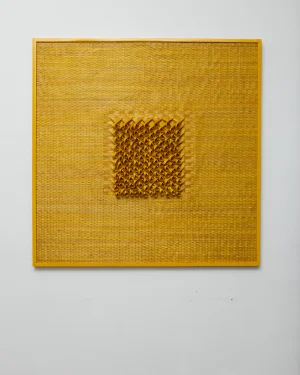 Curl Series Woven Wall DecorBy Aku Zeliang€1.063 incl. tax
Curl Series Woven Wall DecorBy Aku Zeliang€1.063 incl. tax -

 Aeroplane – Side Table Made Of Vintage VasesBy Andreas Berlin€4.375 incl. tax
Aeroplane – Side Table Made Of Vintage VasesBy Andreas Berlin€4.375 incl. tax -

 Sandle Candleholder No. 2 – BeigeBy Francesc Gasch Studio€435 incl. tax
Sandle Candleholder No. 2 – BeigeBy Francesc Gasch Studio€435 incl. tax -

 Nanyuki Lounge ChairBy JosmoPrice range: €964 through €1.029 incl. tax
Nanyuki Lounge ChairBy JosmoPrice range: €964 through €1.029 incl. tax -

 Sandstone ChairBy David Čáp€1.250 incl. tax
Sandstone ChairBy David Čáp€1.250 incl. tax -

 Flor VaseBy Daniel Orozco Estudio€194 incl. tax
Flor VaseBy Daniel Orozco Estudio€194 incl. tax -

 Luma Table LampBy Emilia Tombolesi€881
Luma Table LampBy Emilia Tombolesi€881





